Borjomi State Nature Reserve: The Untouched Heart of a National Park
Borjomi State Nature Reserve is the historical heart and highly protected core zone of the much larger and better-known Borjomi-Kharagauli National Park. It is located in the Samtskhe-Javakheti region of Georgia. This reserve is one of the oldest protected areas in the country. It was created mostly to protect the great and mostly undisturbed forest ecosystems of the Lesser Caucasus mountains. Its origins go back to the 19th century, and it was probably formally established in the 1920s or 1930s (often cited as 1935). The reserve is in the middle of the national park and covers the rough mountain terrain of the Meskheti and Trialeti ranges. It is very important for protecting natural processes and biodiversity.
A Sanctuary for Science, Not Tourism
Borjomi State Nature Reserve is a State Nature Reserve and is protected to the highest level, similar to an IUCN Category Ia (Strict Nature Reserve). This name makes it clear that its main purpose is to be a place for scientific study and to protect nature in its natural state, without major human interference. Unlike the nearby national park areas that are open to visitors, the Borjomi State Nature Reserve does not allow people to go inside or do any kind of recreational activity.
The reserve covers a large area of mountains and has steep slopes, deep river basins, and a lot of streams and rivers that flow into the Mtkvari River. The forests are diverse, with coniferous stands at higher elevations and certain aspects, such as Oriental Beech, hornbeam, oak, and maple, at lower elevations. At lower elevations, the forests change to deciduous forests. There are many different types of environments in the Lesser Caucasus that support a wide range of animals, including big mammals like the Brown Bear, Wolf, Lynx, and Caucasian Red Deer, as well as smaller mammals and forest birds like the Roe Deer and Wild Boar.
Georgia’s Agency of Protected Areas runs the strict reserve through the Borjomi-Kharagauli National Park Administration. Conservation activities there focus on not interfering, keeping an eye on important species and habitats, preventing fires, and doing scientific research. The main springs are outside of this core zone, but the reserve may help protect the water systems that may feed the famous Borjomi mineral water springs. It is also a great way to learn about how ecosystems work in the area. Georgia is committed to protecting core wilderness areas while managing sustainable tourism in nearby areas. This is shown by the fact that it is a strictly protected island in a well-known national park.
Reserve Overview at a Glance
Official Name:
Borjomi State Nature Reserve (ბორჯომის სახელმწიფო ნაკრძალი). People often think of this area as the Strict Nature Reserve zone inside Borjomi-Kharagauli National Park.
Protected Area Type:
State Nature Reserve (IUCN Category Ia – Strict Nature Reserve).
Established:
The origins go back to the 1800s, and it was probably officially made a reserve in 1935. The main area of Borjomi-Kharagauli National Park was reorganized. The park was established in 1995 and opened to the public in 2001.
Managing Body:
The Agency of Protected Areas of Georgia is in charge of the Borjomi-Kharagauli National Park Administration.
Location and Access Restrictions
Location:
Georgia, in the Samtskhe-Javakheti region, mostly in the Borjomi Municipality, but possibly in the Kharagauli Municipality in Imereti. It is the main part of Borjomi-Kharagauli National Park in the Lesser Caucasus mountains.
Map/Coordinates:
The core coordinates of Borjomi-Kharagauli National Park, which are about 41° 50′ N, 43° 10′ E, show where it is in relation to the rest of the park. Internally set specific limits for the reserve.
Closest Towns/Access Points:
Borjomi town is the main entry point for the closest towns and cities. Kharagauli town is another way to get into the bigger national park.
How to Get There:
It’s well known that you can get to the nearby Borjomi-Kharagauli National Park. But the general public is not allowed to go inside the Borjomi State Nature Reserve zone at all. The Agency of Protected Areas issues special licenses for scientific research that allow people to enter.
Landscape and Geography
Area:
The Strict Nature Reserve zone covers a large part of the national park, which is thought to be between 15,000 and 20,000 hectares (150 and 200 km²) in size. However, the exact current numbers for the Ia zone need to be checked with official sources.
Topography:
The Lesser Caucasus’s Meskheti and Trialeti Ranges are mountainous. It has steep forested slopes, deep river gorges, and mountain ridges. The park’s altitude ranges from about 800m to 2,642m (Mount Sametskhvario).
Geology and Key Features:
The Lesser Caucasus fold system is mostly made up of volcanic and sedimentary rocks. Has a lot of river valleys and mountain spurs.
Hydrology:
The Mtkvari River has a lot of mountain rivers and streams that flow into it, like Borjomula and Gujaretistskali. Important for controlling water in the area.
Climate:
The height of a place has a big effect on the weather. Summers are mild and winters are very cold in lower elevations (about 800 to 1000 meters). Mid-elevations (about 1000–1800m) have cool summers and cold winters. In higher elevations, like those over 1800m, summers are short and mild, while winters are long, cold, and snowy. Rain is very important all year long.
Purpose and Significance
Reason for Designation:
To ensure the stringent safeguarding of distinctive, expansive, and predominantly undisturbed segments of Lesser Caucasus forest ecosystems (coniferous, mixed, deciduous) and their associated biodiversity. To be a central place for scientists to study and natural processes to happen. Maybe to protect areas where water can recharge.
Key Values:
Protecting unspoiled forest ecosystems, high biodiversity, being a reference point for scientific research, conserving genetic resources, and controlling water flow.
International Recognition:
It is the main area of Borjomi-Kharagauli National Park, which is why the park is PAN Parks approved and part of the Emerald Network.
Biodiversity: The Reserve’s Natural World
Ecosystems and Habitats:
Dark coniferous forests (Oriental Spruce, Caucasian Fir, Pine), mixed forests (Beech, Hornbeam, Spruce, Fir, Maple, Oak), and deciduous forests (Beech, Oak, Hornbeam) are all types of ecosystems and habitats that are found in the mountains. Subalpine meadows are found at higher elevations.
Key Plant Species:
Important plant species include the Oriental Spruce (Picea orientalis), the Caucasian Fir (Abies nordmanniana), the Scots Pine (Pinus sylvestris var. hamata), the Oriental Beech (Fagus orientalis), the Caucasian Hornbeam (Carpinus caucasica), the Oaks (Quercus iberica, Q. macranthera), the Maples (Acer spp.), and the Lime (Tilia spp.). There is a rich understory and a diverse herbaceous layer with several plants that are only found in the Caucasus.
Key Animal Species:
- It is home to many large mammals, such as the Brown Bear (Ursus arctos), the Grey Wolf (Canis lupus), the Eurasian Lynx (Lynx lynx), the Caucasian Red Deer (Cervus elaphus maral), the Roe Deer (Capreolus capreolus), and the Wild Boar (Sus scrofa).
- There are a lot of birds, including the Caucasian Black Grouse (Lyrurus mlokosiewiczi), the Caucasian Snowcock (Tetraogallus caucasicus) at high altitudes, a few woodpeckers, owls, and raptors.
- Different kinds of invertebrates, amphibians, and reptiles.
Endangered/Rare Species:
Brown Bear, Wolf, Lynx, and Caucasian Red Deer are species that are important to protect on a national and/or international level. A lot of plant species could be rare or only found in one place. Birds or bats could be in danger of losing their homes.
Visitor Information: Access Not Permitted
Visitor Centers:
Borjomi and Kharagauli are the two visitor centers for the Borjomi-Kharagauli National Park. They do not let you into the Strict Nature Reserve zone.
Hours and Seasons:
There is no public access to the Strict Nature Reserve all year.
Entrance Fees and Permits:
No entry allowed. The Agency of Protected Areas requires special licenses for scientific research. You need to pay for or get permission to do things in the nearby National Park.
Trails and Routes:
There are no public trails in the Strict Nature Reserve area. The National Park next door has a huge network.
Activities:
No recreational activities are allowed in the Strict Nature Reserve. Only necessary monitoring and allowed scientific studies are allowed. There are many things to do in national parks, such as hiking, camping, and horseback riding.
Accommodation:
None in the Strict Reserve. There are approved campsites and tourist shelters in the National Park zones. There are a lot of hotels and guesthouses in Borjomi.
Facilities:
Not in the Strict Reserve.
Safety Advice:
This doesn’t apply to people who visit the Strict Reserve.
Strict Rules and Regulations
Code of Conduct:
Strict rules for authorized scientific staff stress that they should not disturb or influence others.
Prohibitions:
No public access, tourism, camping, fires, collecting resources, hunting, fishing, or any other activities that aren’t related to allowed study or monitoring.
Zoning:
This is the main IUCN Category Ia zone within the larger IUCN Category II Borjomi-Kharagauli National Park.
Conservation and Management
Managing Body:
The Borjomi-Kharagauli National Park Admin runs the Agency of Protected Areas of Georgia, which is in charge of managing the park.
Conservation Efforts:
Sticking to a strict policy of not getting involved. Patrolling the borders to stop illegal activities and access (poaching, logging without permission). Watching over important species and the health of the ecosystem. Fire management and prevention efforts in a larger park area. Encouraging scientific studies that are allowed.
Threats and Challenges:
Maintaining the integrity of the strict zone in the middle of the neighboring national park’s popularity. Possible effects on the edge. Climate change has an effect on hydrology and forest ecosystems. Issues with the health of forests, like when bark beetles attack coniferous trees. The chance of a big wildfire.
Historical and Cultural Context
A Brief History:
The area has one of the longest histories of protection in the Caucasus. It was first protected in the 19th century as a hunting estate for the Russian imperial family. It became one of Georgia’s first zapovedniks, or strict reserves, during the Soviet era (around 1935). With help from other countries, the new Borjomi-Kharagauli National Park was built on this historical reserve after the Soviet Union fell.
Cultural Importance:
The reserve itself is mostly natural, but the larger Borjomi area has a lot of cultural history. For example, there are medieval fortresses (like Atskuri and Gogia Tsikhe) and monasteries (like Timotesubani) near the park borders. Borjomi has also changed over time from a spa resort town to a mineral water town.
Interesting Facts About Borjomi Reserve
Unique Features:
- It is one of the oldest protected natural areas in Georgia and the whole Caucasus region.
- Keeps large areas of Lesser Caucasus mountain forest ecosystems mostly untouched.
- The core zone (IUCN Ia) of Georgia’s famous Borjomi-Kharagauli National Park (IUCN II) is the most important and strictly protected area.
- The springs themselves are outside of this area, but the watersheds of the reserve may help to refill the system of the famous Borjomi mineral springs.


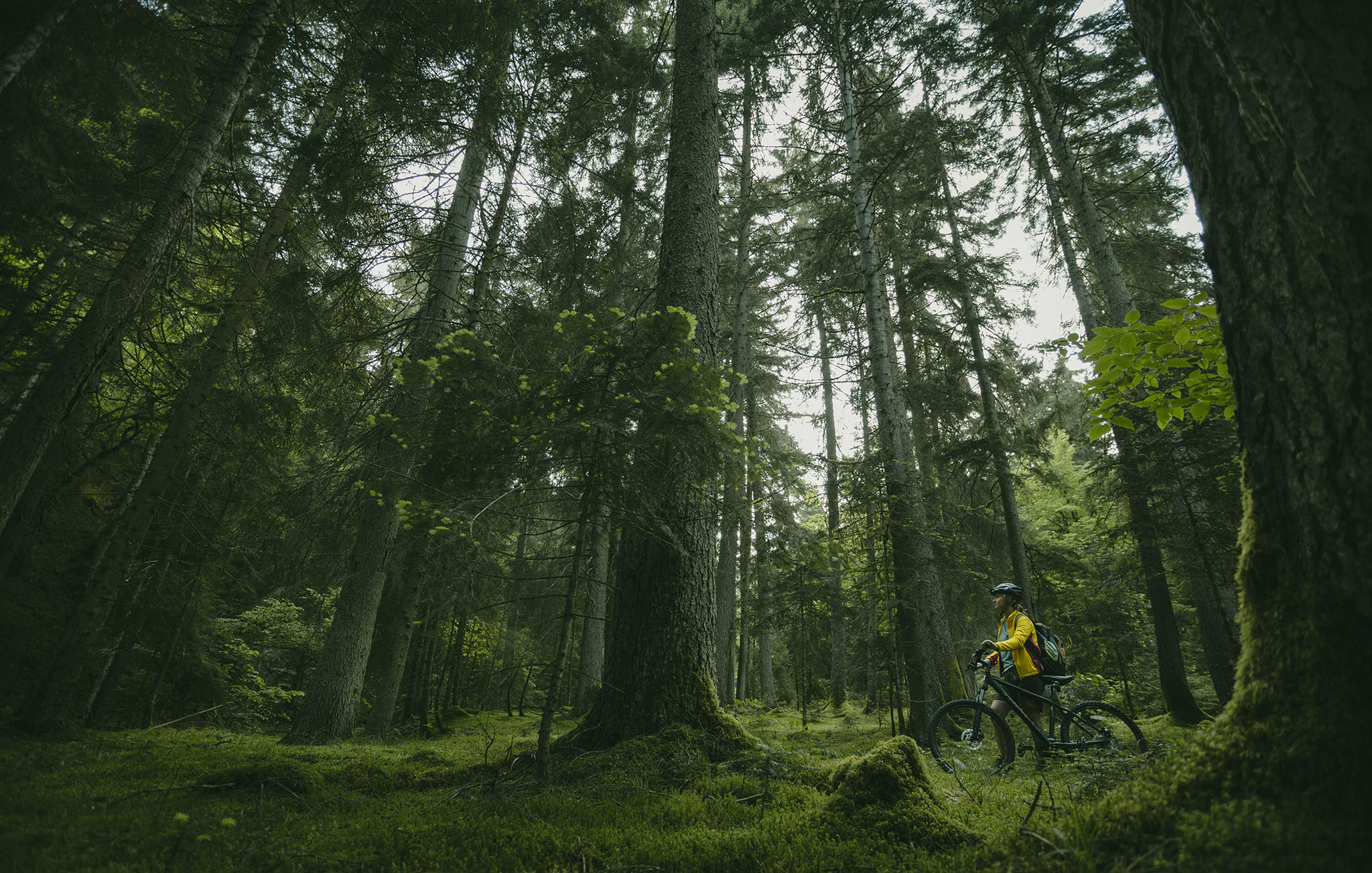
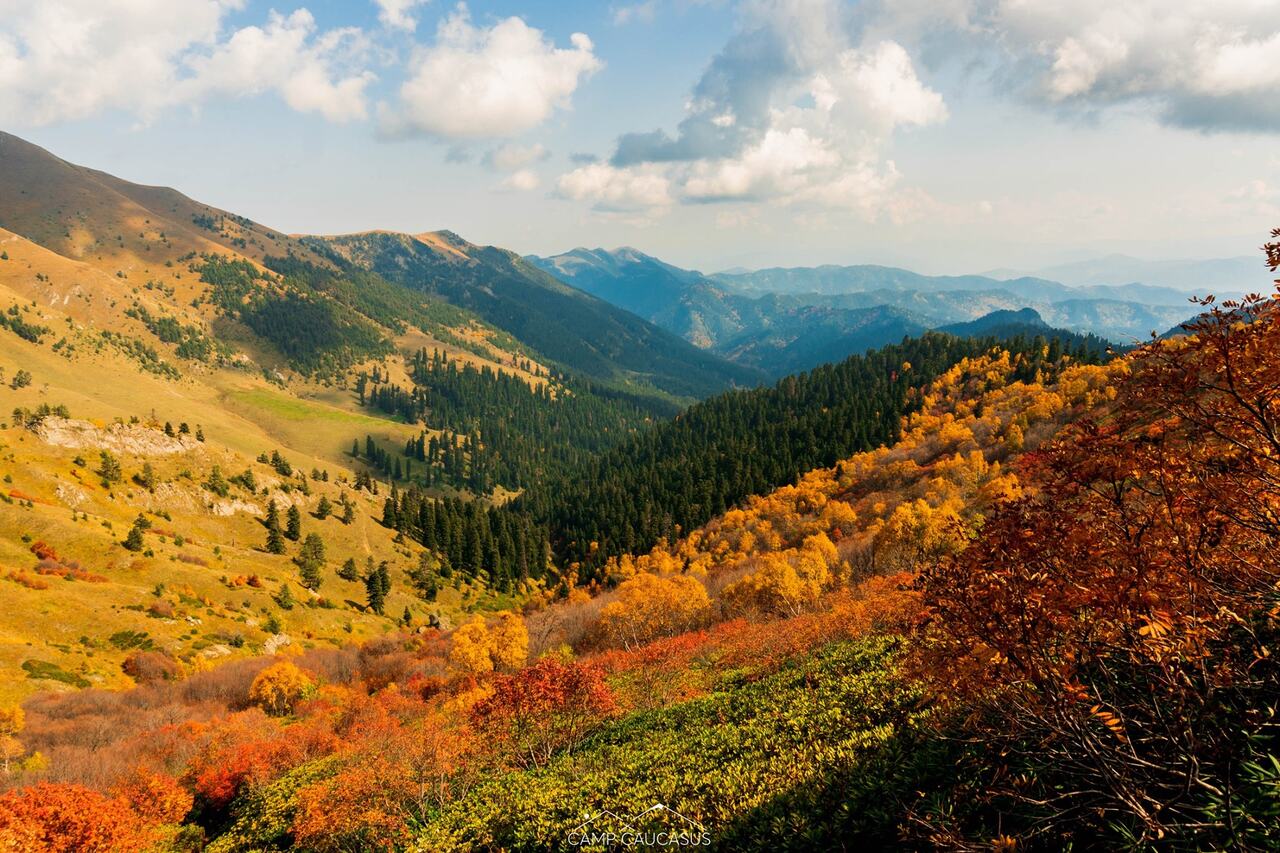
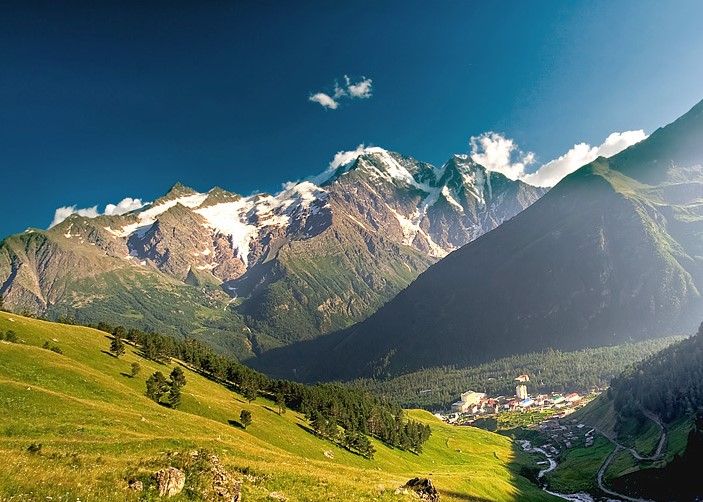
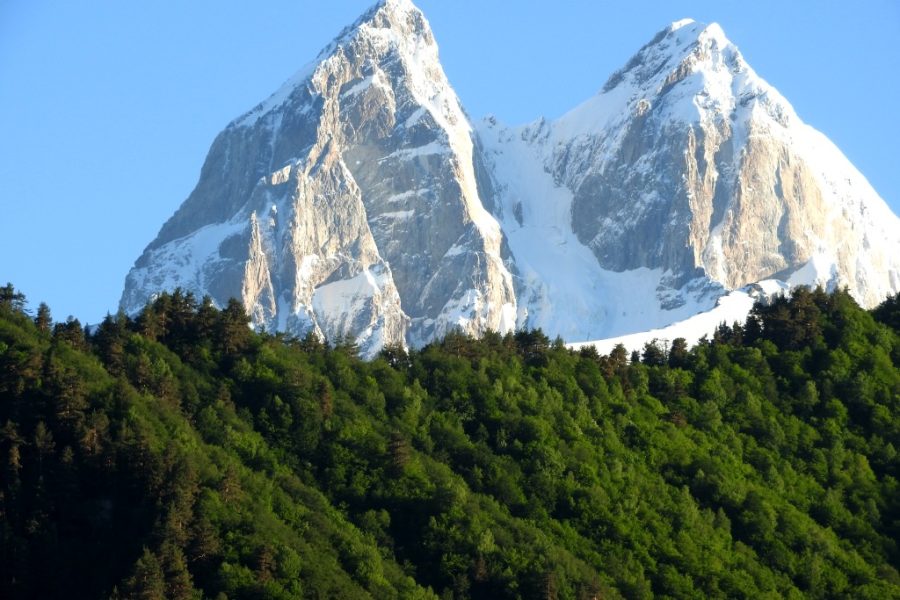
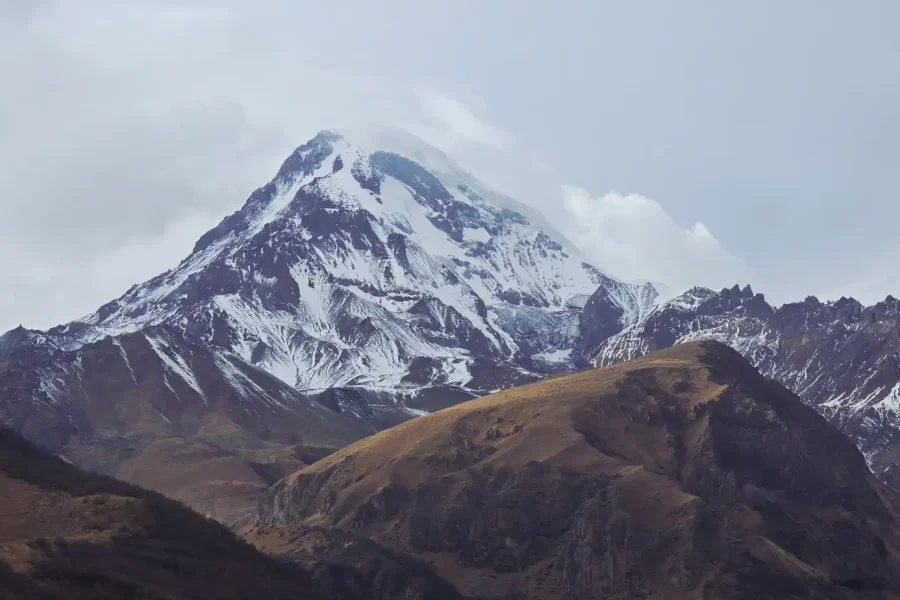
Leave a review